There’s a lot to know before setting off on any outdoor adventure; whether it’s hiking, camping, or mountaineering, staying safe starts with being prepared! What to wear and understanding why is a crucial part of that preparation. Through the years, I’ve picked up several tips from others about appropriately dressing in layers. Still, it wasn’t until I started preparing for a Mt. Rainier climb that I finally understand the theory behind layering. Here we’ll break it down and explain the 5 essential clothing layers for outdoor adventures. By the end, you’ll be layering like a pro!
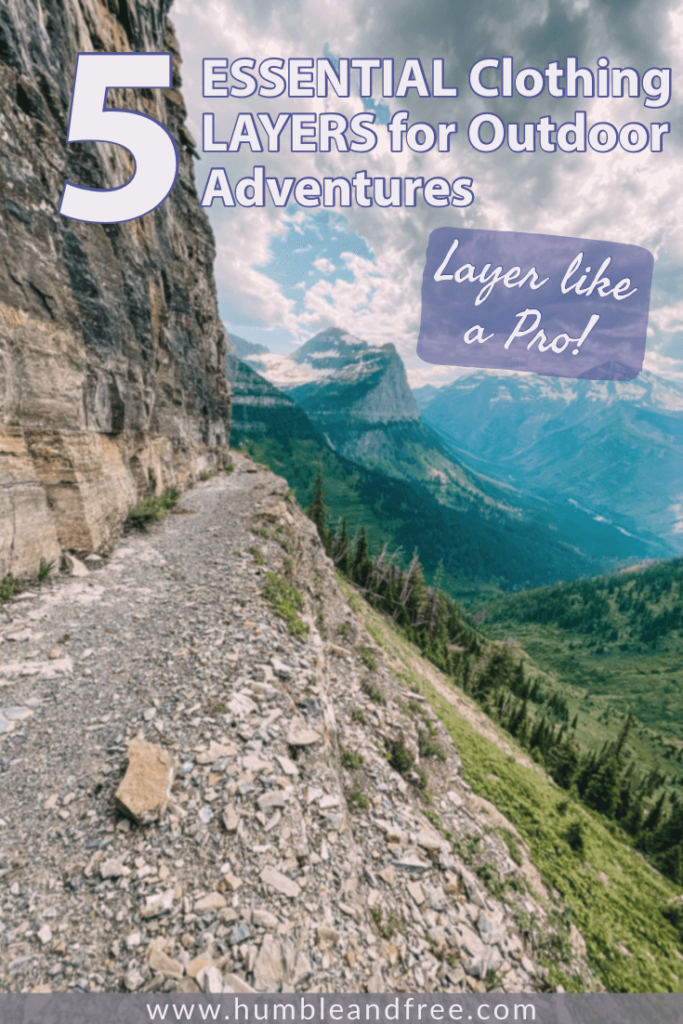
Pin it!
The 5 Essential Clothing Layers for Outdoor Adventures!
1. The Base Layer
The first essential layer for outdoor adventures, the base layer, is the next-to-skin layer; sometimes called “long underwear” or “long johns.” A base layer must be moisture wicking. Meaning it helps perspiration evaporate and NOT remain in the fabric. Base layers should NEVER be COTTON! Cotton will retain moisture and keep you wet. Polyester and merino wool are ideal fabrics for base layers. Look for moisture-wicking fabrics.
For the upper body, a base layer can be long sleeve or short sleeve. Long sleeves will provide more protection from the sun. While an upper body base layer is always worn, lower body base layers can be optional, depending on the temperature. Underwear and bra are not considered a base layer.
Base Layer Characteristics
- Moisture-wicking fabric (polyester or merino wool)
- Stretchy and form-fitting
(Affiliate Links)
2. The Midlayer
The midlayer sits atop the base layer and varies greatly depending on the weather. The job of the midlayer is to trap warm air close to the body, creating a layer of dead air space. The thicker the layer of dead airspace, the warmer you’ll be. Equally, important a midlayer must be breathable and allow moisture in the form of sweat to evaporate. Midlayers come in many different forms: a long sleeve hooded sun shirt, a synthetic grid-fleece jacket, and a synthetic-filled puffy jacket are all examples. For cold weather, stack midlayers to provide additional warmth.
Midlayers are predominately for the upper body. Although fleece pants are available, it’s scarce to wear them for anything besides cold evenings in camp.
Midlayer Characteristics
-
Lightweight and breathable
-
Moisture-wicking
-
Look for synthetic polyester fleece (polar fleece, grid fleece, fleece, or pile)
-
Look for knitted merino wool
-
Look for lightweight synthetic fill puffy jackets
(Affiliate Links)
3. The Softshell Layer
The softshell is the first layer of protection from the elements, namely wind, and rain. A softshell is stretchy, breathable, wind-resistant, and water-resistant. The stretchiness allows for unimpeded maneuverability, and the breathability helps to limit sweat from overheating. A soft shell’s resistance to wind and rain protects precious warm air retained in the midlayer. Piercing winds and light precipitation will rob you of your hard-earned warmth!
Softshell’s are extraordinarily versatile and will see the most action. A softshell jacket and softshell pants are the predominant exterior layers worn for outdoor adventures.
Softshell Characteristics
- Stretchy and breathable
- Wind-resistant and water-resistant
- Think hiking or trekking pants
- Look for medium-weight or double-weave
- Look for woven or knit polyester and nylon
- Look for durable water repellent (DWR) laminated
(Affiliate Links)
4. The Hardshell Layer
When the weather turns wet and nasty, it’s time to break out the hardshell layer! A hardshell, sometimes called rain gear, is both windproof and waterproof. Think of a hardshell layer as armor against burly winds and unrelenting rains. The hardshell layer is essential survival gear for both the upper and lower body – rain jacket and rain pants. Ideally, a hardshell is non-insulated and comfortably worn over the base layer, midlayer, and softshell layer.
There is one trouble with hardshells; they are not very breathable. While they are excellent at keeping the rain out, they also trap moisture from sweat. Only wear a hardshell when absolutely necessary, and make sure to vent as needed to limit sweating.
When shopping for a hardshell layer, it’s easy to get sticker shock. As tempting as it can be, don’t skimp on the hardshell layer! This layer might be the most expensive in your arsenal, but it could be the difference between life and death in the outdoors.
Hardshell Characteristics
-
WaterPROOF and windPROOF!
-
Look for Gore-Tex
-
Uninsulated hardshells are more versatile and lightweight
-
Jackets should have underarm zippers for ventilation
-
Jackets must be hooded
-
Waterproof zippers
-
Pants should have long side zippers (full-length is best); this makes putting on and taking off easier without removing footwear.
-
Sized to fit over the base, mid, and softshell layers
(Affiliate Links)
5. The Insulation Layer
When temperatures dip bone-chillingly low, and snowflakes start to fall, add insulation as the final layer. The insulating layer is usually a goose down puffy, both pants and jacket. The goal is to help preserve hard-won warmth. Insulation is worn over the hardshell layer – never under!
Insulating Layer Characteristics
-
Thick goose down filling (700 to 850 fill-power)
-
Lightweight and compressible
-
Integral insulated hood
-
Water-resistant
-
Large enough to fit over all other layers
(Affiliate Links)
Putting it all together… the layering system!
Understanding each of these 5 essential clothing layers will benefit all future outdoor adventures. Together, these layers create a clothing system geared toward comfort management in a wide variety of weather conditions. This versatility and adaptability are the major benefits of dressing in layers.
When you get cold… add more layers.
When you start sweating… remove a layer.
When the rain comes… don that hardshell.
When the chill sets in… add some insulation.
Don’t get caught up in trying to find the perfect layering system for all conditions. What’s important is understanding each layer’s purpose so you can apply that knowledge to any situation.
The right system for an activity is dependent on the individual and the weather conditions. Some people may run warm and prefer a more lightweight midlayer. Others might get cold easily and always wear base layer bottoms. Ultimately though, weather conditions will drive decision-making when picking clothing for each layer. A layering system for a summer hike in Glacier National Park will differ from one for a hike in the winter.
Put simply… know thyself, BUT to the weather be conscious!
This wraps up our 5 essential clothing layers for outdoor adventures. Hopefully, now you are on your way to layering like a pro. Did we miss anything or feel we got something wrong? Please let us know!! We’re always interested to learn from other’s experiences and welcome constructive discussions. Also, please leave a comment if this was helpful at all. It’s the best way to say thank you!

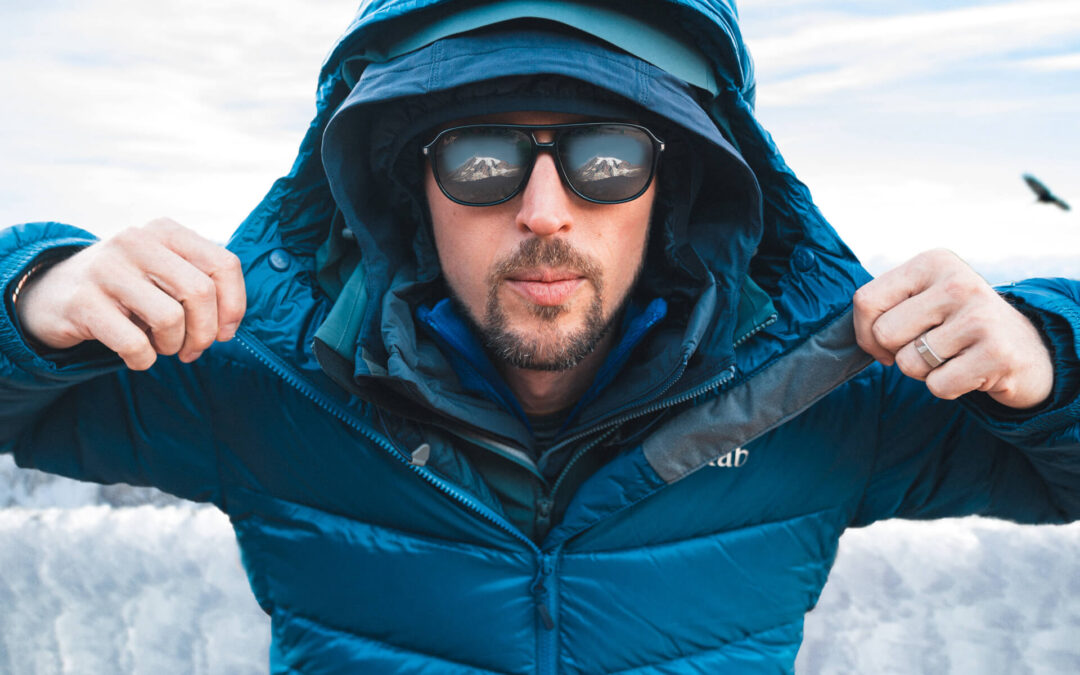
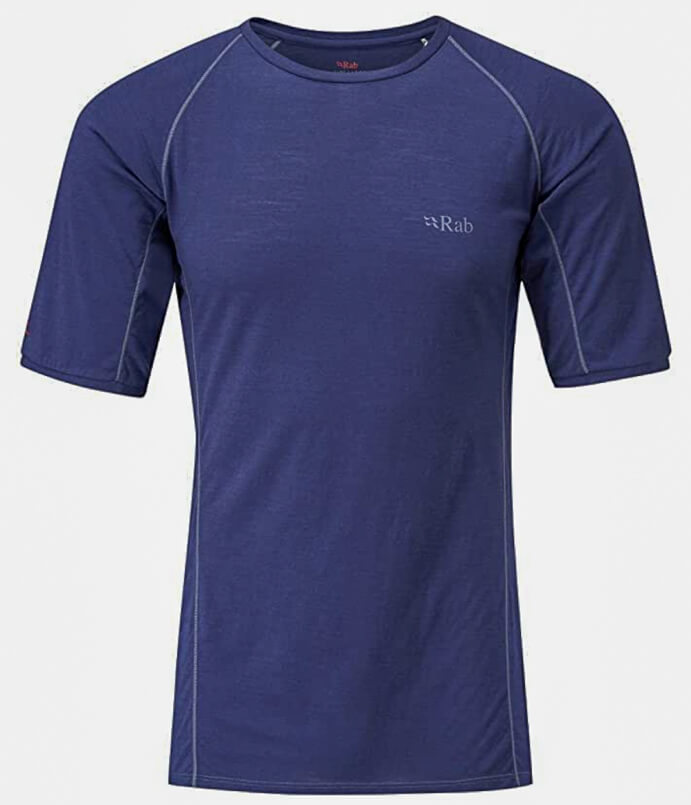
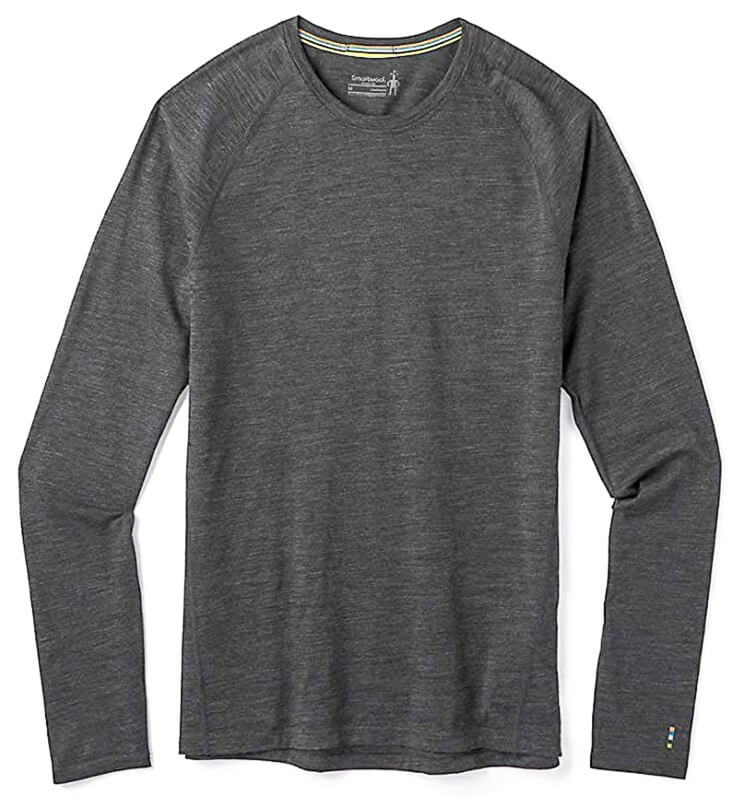
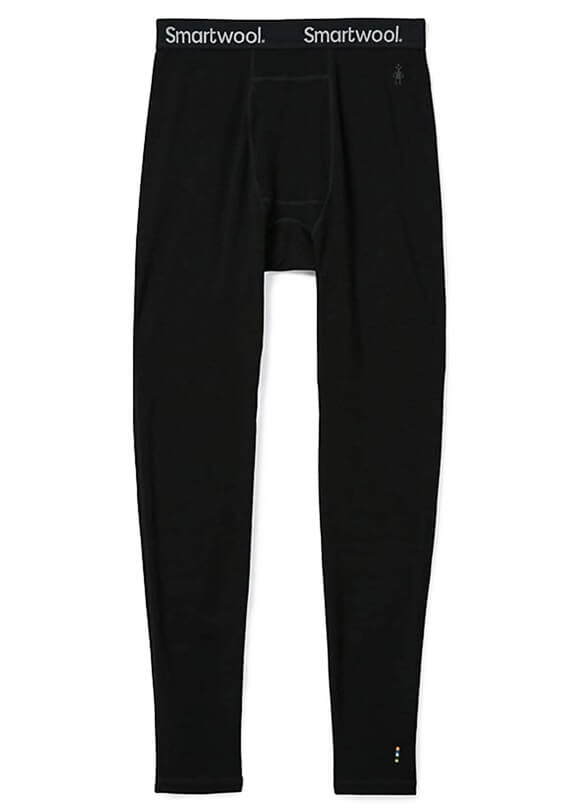
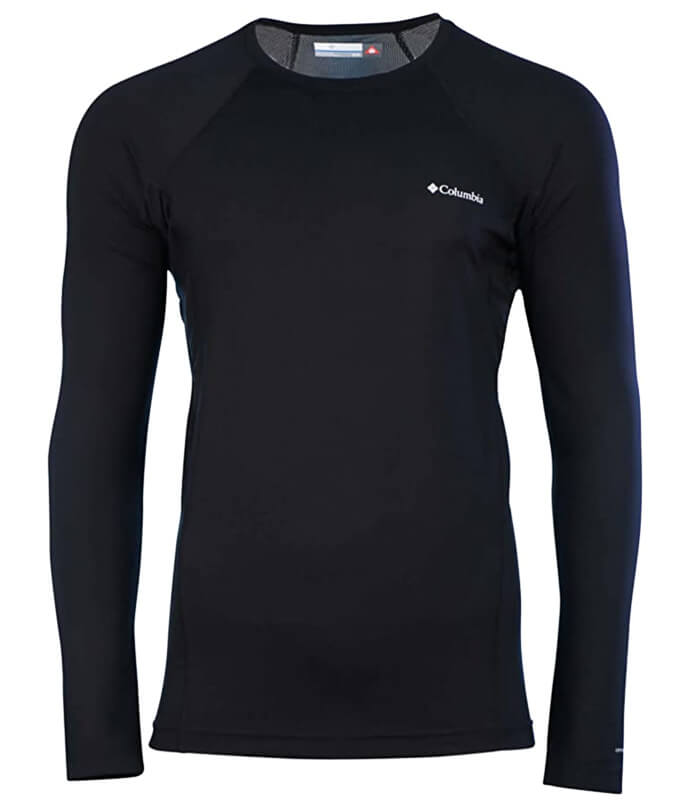
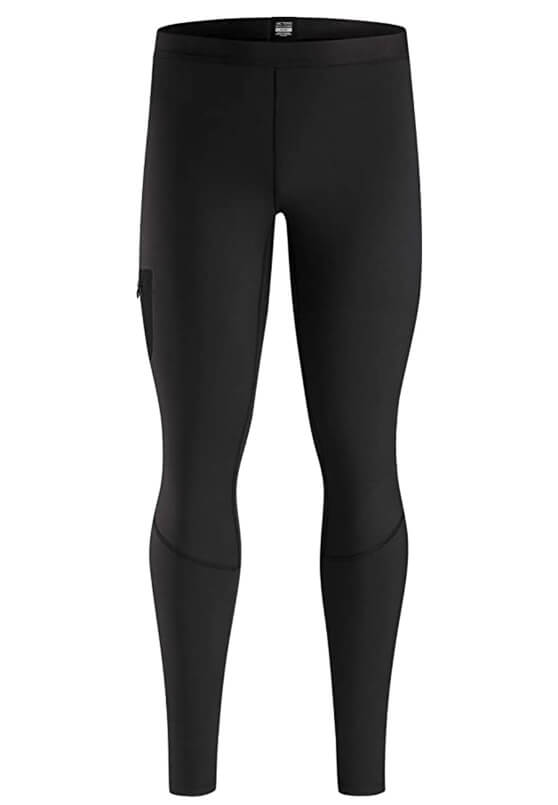
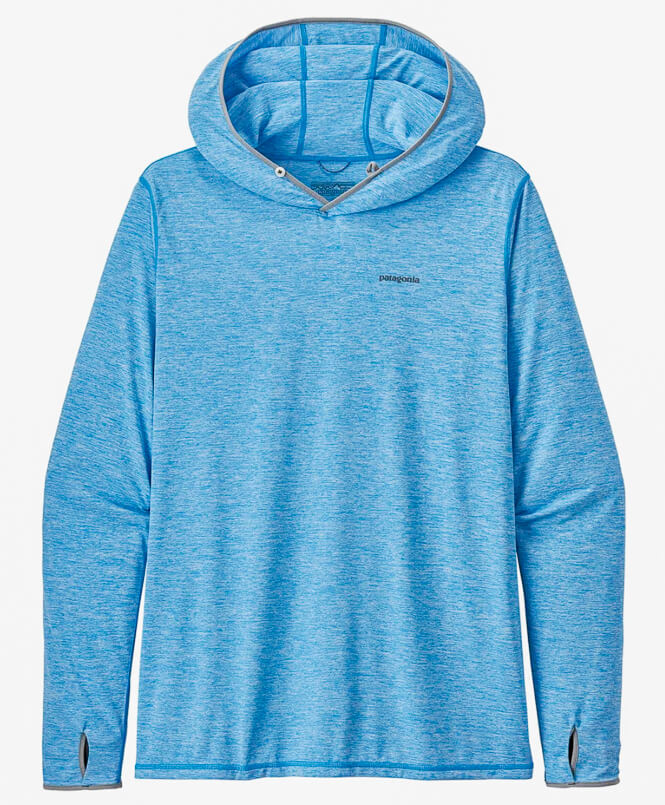
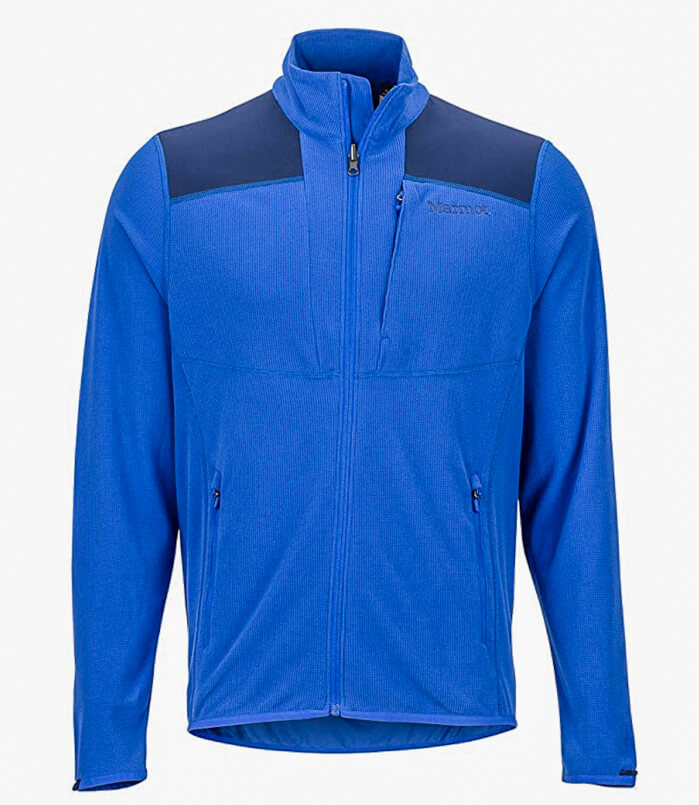
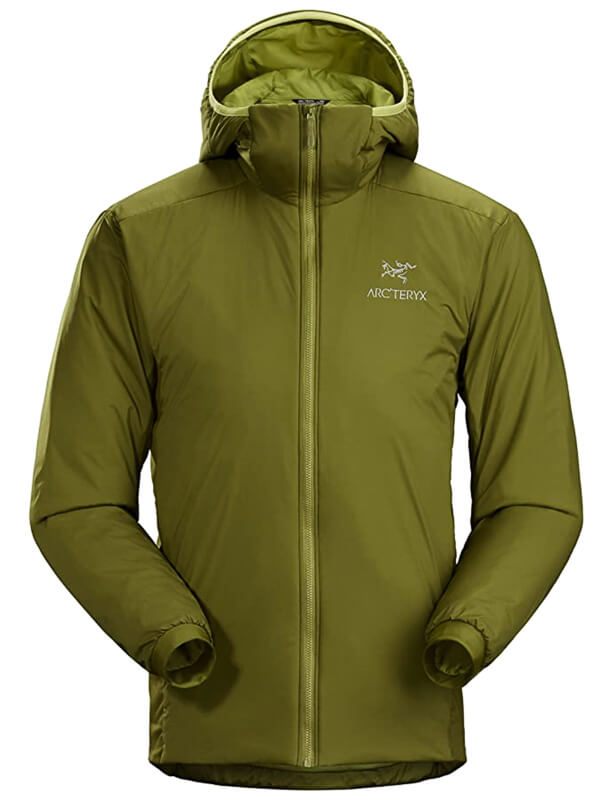
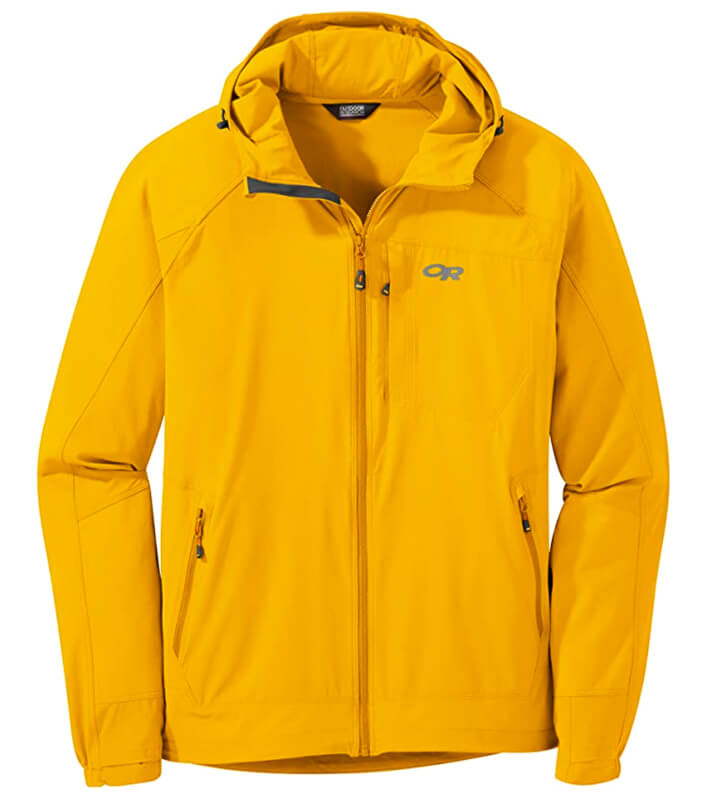
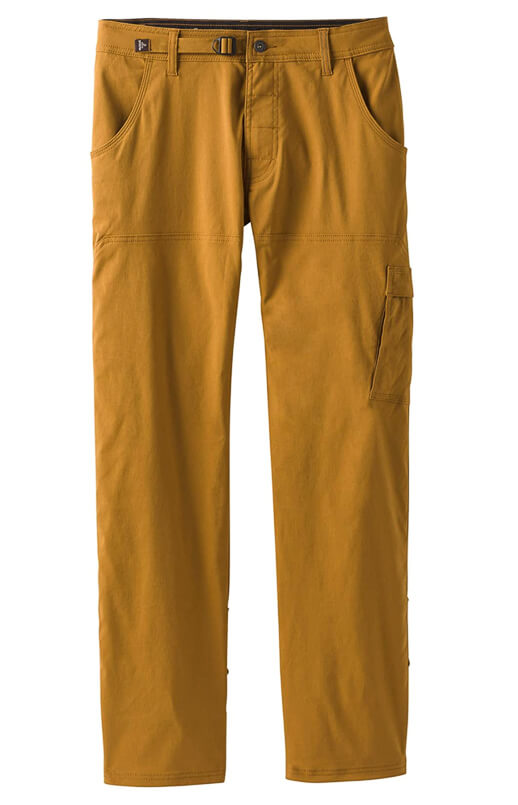
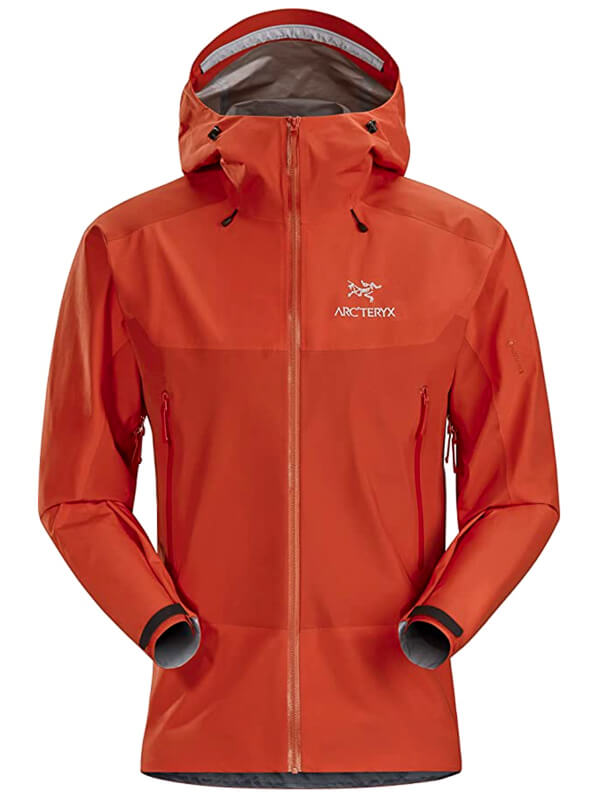
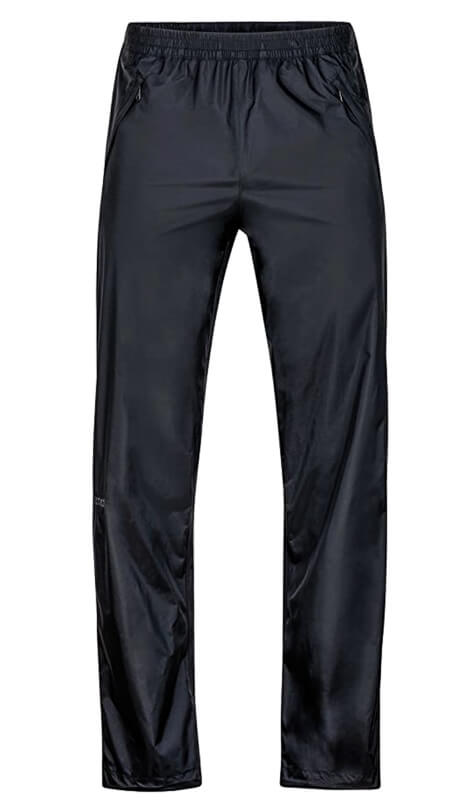
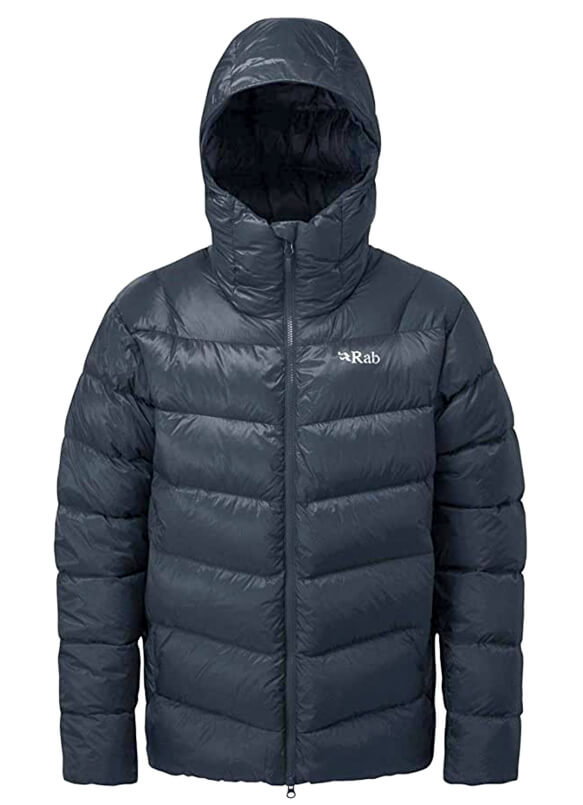
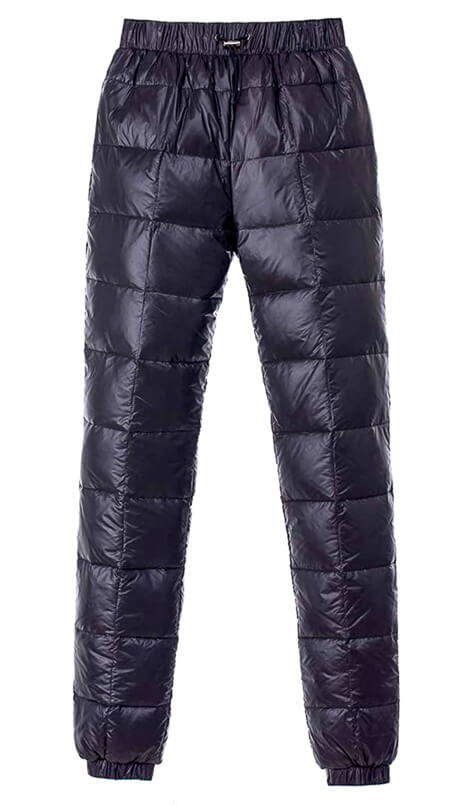
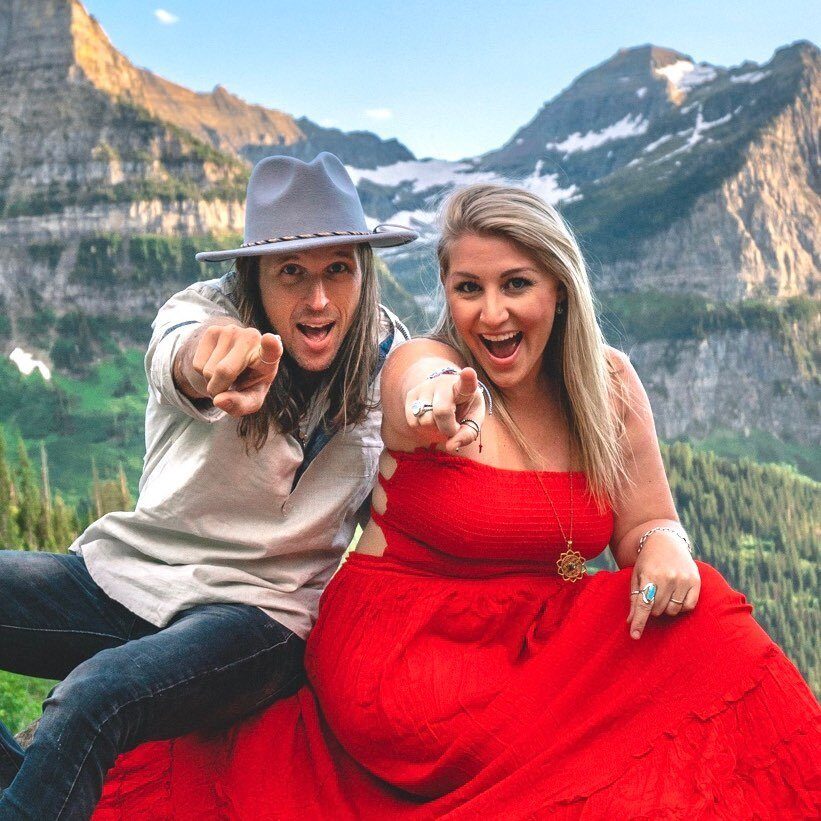

Love this! Super informative. I have many of these layers but wasn’t really aware of how each works. Now I know!
Oh good! I was in the same boat as you! Glad I was able to shed a little light on the matter. 🙂